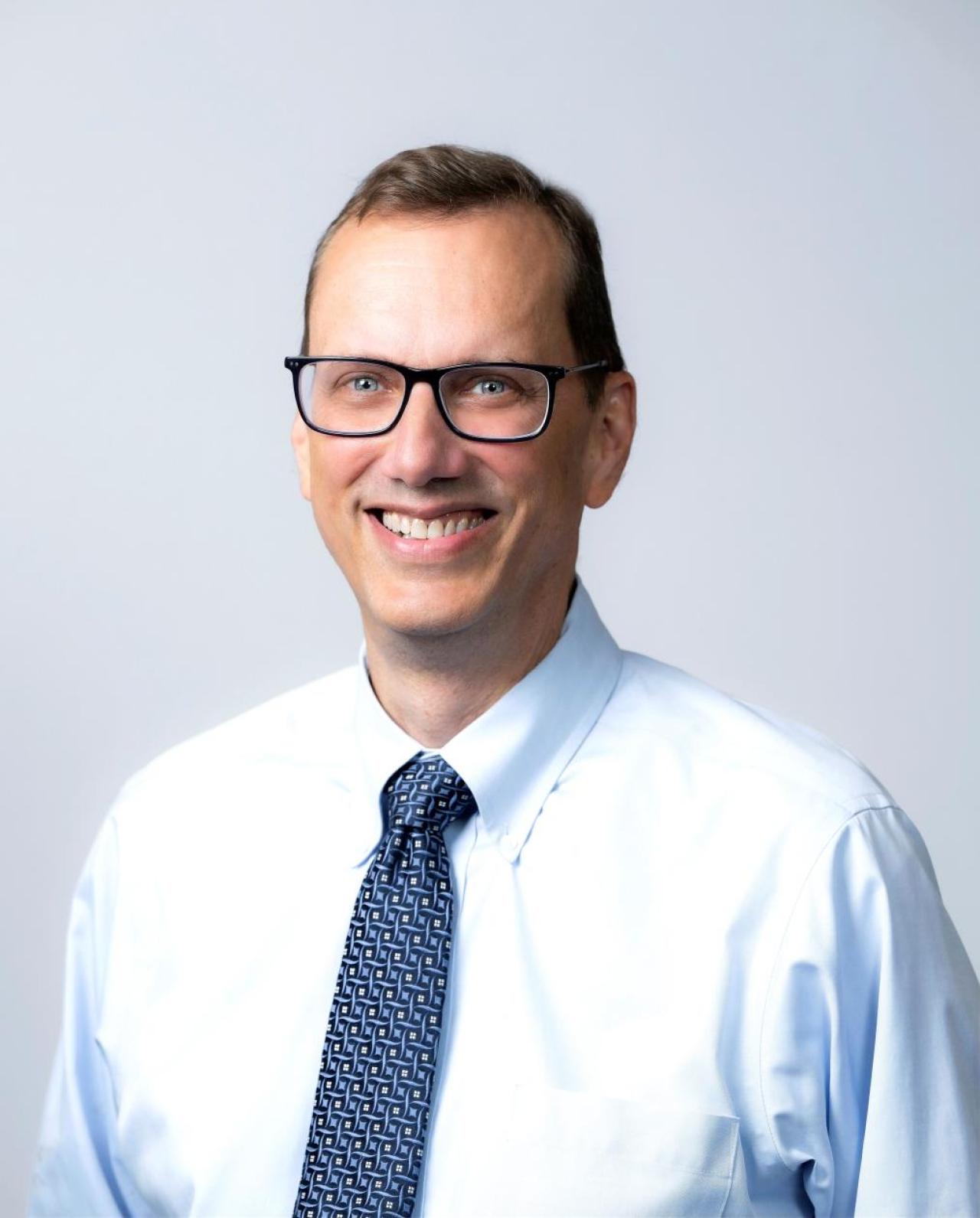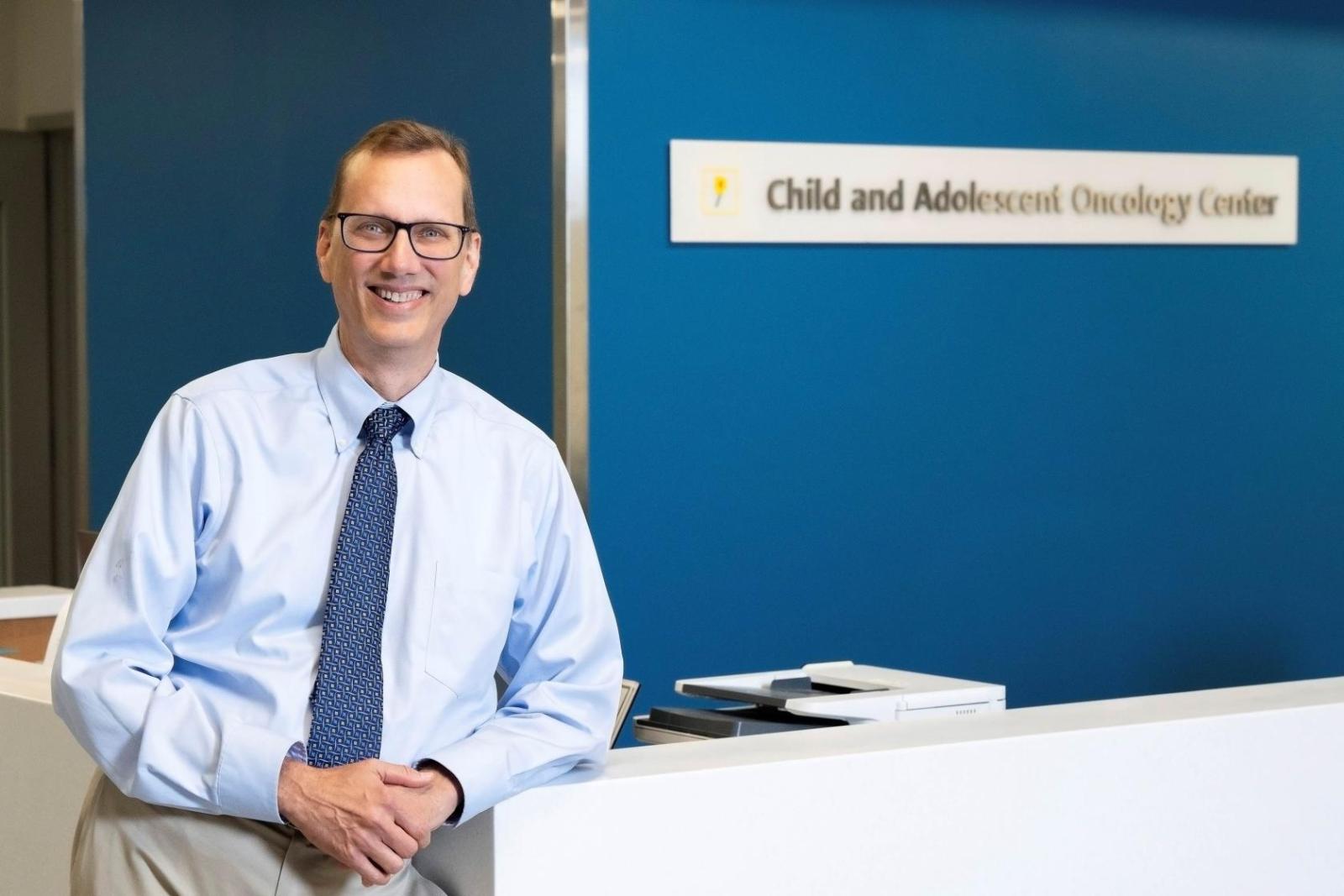
Lewis Silverman, MD
For pediatric oncologist Lewis Silverman, MD, there is no greater satisfaction than providing a sense of hope for patients and their families, guiding them through a devastating illness to the other side.
As the new director of the Hope and Heroes Division of Pediatric Hematology, Oncology and Stem Cell Transplantation at Columbia University Irving Medical Center (CUIMC) and associate director for pediatric cancers at the Herbert Irving Comprehensive Cancer Center (HICCC), Silverman aims to take advantage of the innovative resources at Columbia to address new treatment advances and expand access to new therapies for patients.
Can you tell us more about your background?
I was born and raised in the Boston area and completed all my training there, including my pediatrics residency and my fellowship in pediatric hematology oncology. For the next 30 years, I was a faculty member of the Division of Pediatric Hematology-Oncology at the Dana-Farber Cancer Institute and Boston Children's Hospital, serving as associate chief of pediatric oncology at Boston Children's Hospital, vice chair for clinical affairs in pediatric oncology at the Dana-Farber Cancer Institute, and professor of pediatrics at Harvard Medical School. From a research and clinical perspective, my career has focused on childhood hematological malignancies and leukemias, specifically acute lymphoblastic leukemia, the most common cancer seen in children. I have led the Dana-Farber Cancer Institute (DFCI) Acute Lymphoblastic Leukemia (ALL) Consortium, a multi-institutional group conducting clinical trials in children and adolescents with ALL that Columbia has been a member of for over 20 years. I also served as Principal Investigator for international clinical trials conducted by the NCI-funded Children's Oncology Group and held leadership roles in that group.
Pediatric oncology is a small world and seems quite cooperative in nature, which plays a significant role in clinical trials. How does this impact your research and career?
No one institution can make a difference in pediatric cancer alone. Collaboration is inherently built into our field, which I see as one of the most enjoyable aspects of working in pediatrics. Because pediatric cancer is so uncommon, the cooperative nature of the field is necessary, allowing us to conduct trials that will have meaningful results. I've been fortunate enough to not only participate in small and large research consortia but also collaborate internationally for rare subtypes of childhood leukemia. Everyone really respects each other as experts in the field and it has a community feel despite us being so many miles apart.

Lewis Silverman, MD, new director of the Hope and Heroes Division of Pediatric Hematology, Oncology and Stem Cell Transplantation at Columbia University Irving Medical Center (CUIMC).
Pediatric oncology can also be a very challenging field at times. How do you navigate through these challenges?
One of the most devasting things a parent can hear is that their child has cancer. As a pediatric oncologist, you have a relationship not only with the child, but also with the entire family. This intense relationship is what ultimately drew me to this field. I think a lot of people also don't realize that cure rates are fairly high for many pediatric cancers. This allows us to walk into a room with hope because we are able to offer treatments that will allow a child to get through this terrible illness and grow up to lead a long life. Nothing is more rewarding for a pediatric oncologist than to see a former patient years later, healthy and happy and back to being a "regular" kid or young adult. I've been doing this long enough that I now have patients from 30 years ago that now have children of their own.
Your research plays into this as well, not only caring for patients today but also offering hope for the future.
Absolutely. The goal of the clinical trials I've helped lead is to improve the cure rate and incorporate treatment advances and our understanding of the biology of pediatric cancers to create more effective regimens. And with all of the advances that have been made since I started three decades ago, we are curing patients who could not be cured before-it really is truly amazing. The other focus of the research is improving the quality of the cure, specifically how to minimize the effects of treatment and how it affects a child's growth and development down the line. We're looking at the quality of life of our patients and their families as we work to improve therapies. Survival is key, but we also aim for survival with minimal after effects from our treatment to ensure the highest quality cure possible.
What do you see in the future for your work at Columbia?
There are many exciting advances in the field outside of leukemia, I'm hoping to utilize Columbia's extensive resources to explore novel approaches to different types of cancers, including immunotherapeutic approaches which have the potential to revolutionize our field. In addition, utilizing Columbia's expertise in genomics will allow us to better characterize diseases and to develop and offer targeted therapies to patients based on each patient's unique biology. I also want to build a more robust survivorship program and lead research in understanding how health-care disparities and non-biological factors play into how patients respond to treatment. Columbia's resources, and the many talented people here with a shared mission and dedication, truly make this the ideal place to advance our field in all these areas.
Lastly, are you a baseball fan?
As a Boston native, I'm a Red Sox fan to my core. Before I moved to New York, my fellows at Dana-Farber got me a Yankees hat as a farewell gift. I'm not sure I'll be wearing it any time soon, or maybe ever, but I'm really thrilled to be in New York and here at Columbia.






